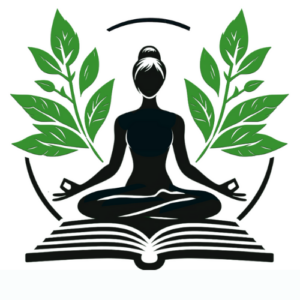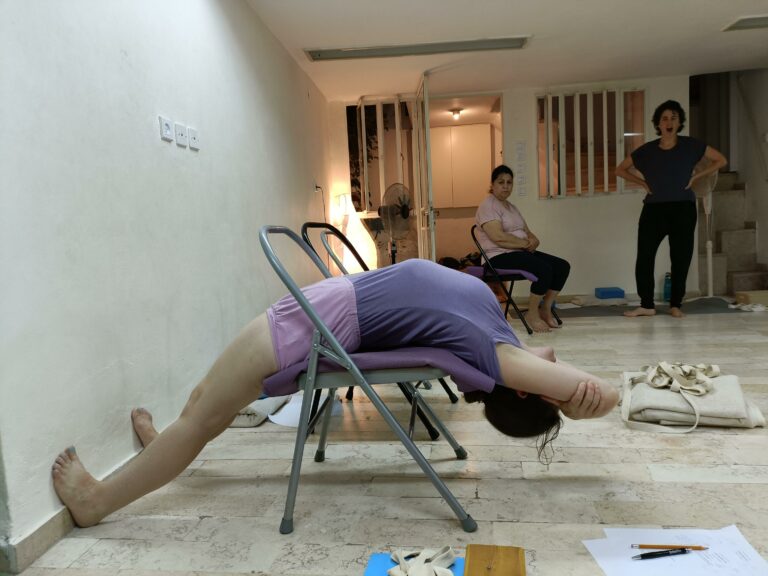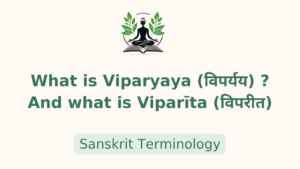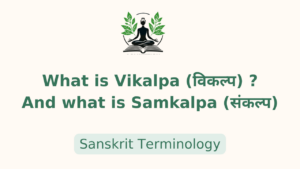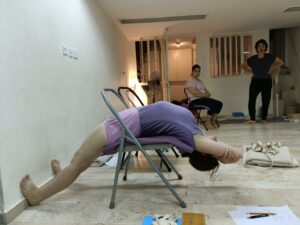The application of specific yoga postures (asanas) in managing anxiety symptoms represents a significant therapeutic intervention within trauma-informed Iyengar yoga practice. This approach holds particular relevance for individuals experiencing secondary trauma, such as partners of military personnel, who often navigate complex manifestations of anxiety. The methodology leverages the established relationship between physical posture and autonomic nervous system function, specifically targeting the activation of parasympathetic responses through carefully selected asanas.
Recent research in psychophysiology demonstrates that certain yogic postures directly influence autonomic nervous system function, potentially moderating anxiety responses through specific neurophysiological pathways. The systematic application of these poses within a trauma-informed framework provides practitioners with concrete tools for managing acute anxiety symptoms while simultaneously building long-term resilience. This dual-action approach distinguishes yoga-based interventions from other anxiety management strategies.
The implementation of anxiety-reducing postures within trauma-informed Iyengar yoga follows a structured methodology that emphasizes both immediate symptom relief and sustained therapeutic benefit. This approach incorporates several key elements: precise alignment principles, careful attention to breath regulation, and systematic progression from foundational to more complex poses. The methodology particularly emphasizes the role of proper structural alignment in facilitating optimal nervous system function.
The careful sequencing of poses characteristic of Iyengar yoga creates a progressive pathway toward anxiety reduction. Initial poses often focus on establishing physical stability and grounding, providing a foundation for more challenging work. This systematic approach allows practitioners to develop increased capacity for managing anxiety responses while maintaining psychological safety throughout the process.
Physiological Mechanisms and Somatic Integration
The effectiveness of specific asanas in reducing anxiety appears to operate through several concurrent mechanisms. Forward-folding poses, when properly executed, can stimulate vagal tone, enhancing parasympathetic activation. Inversions, carefully introduced within appropriate therapeutic parameters, may influence neurotransmitter systems associated with mood regulation. Standing poses, through their emphasis on physical stability and controlled effort, support the development of psychological resilience.
Additionally, the practice of holding poses for extended durations provides opportunities for systematic desensitization to physical sensations that might otherwise trigger anxiety responses. This aspect proves particularly valuable for individuals managing trauma-related anxiety, as it offers controlled exposure to challenging sensations within a safe therapeutic container.
Attention Regulation and Present-Moment Awareness
Beyond their direct physiological effects, specific yoga poses serve as powerful tools for redirecting attention away from anxiety-producing thought patterns. The detailed attention required for proper alignment and breath coordination naturally draws cognitive focus toward present-moment experience. This aspect of practice provides a practical method for interrupting cycles of anxious rumination.
The emphasis on precise physical alignment characteristic of Iyengar yoga serves a dual purpose in this context: it ensures therapeutic benefit while simultaneously engaging attention in a way that supports psychological regulation. This integration of physical and mental focus creates opportunities for developing enhanced self-regulatory capabilities.
Clinical experience suggests several significant patterns in the therapeutic application of specific poses for anxiety management. Practitioners frequently report immediate reduction in anxiety symptoms following certain poses, particularly those emphasizing forward bends and supported inversions. Moreover, regular practice appears to contribute to enhanced capacity for managing anxiety in daily life situations.
The transfer of learning from specific pose work to general anxiety management represents a crucial therapeutic outcome. Practitioners develop not only immediate tools for managing acute anxiety but also sustainable strategies for long-term anxiety regulation. This development of concrete coping mechanisms proves particularly valuable for individuals managing ongoing stress and trauma responses.
The observed effectiveness of specific poses in anxiety management suggests several areas for future investigation. Questions remain regarding the optimal sequencing and duration of poses for maximum therapeutic benefit, as well as the specific mechanisms through which different poses influence anxiety responses. Additionally, research into the role of alignment precision in therapeutic outcomes could yield valuable insights for clinical applications.
Conclusion
The systematic application of specific yoga poses within a trauma-informed Iyengar yoga framework offers promising approaches to anxiety management. Through careful attention to alignment, breath regulation, and progressive skill development, practitioners can develop enhanced capacity for managing both acute and chronic anxiety symptoms. This work contributes to the broader field of somatic interventions for anxiety while offering practical applications for individual therapeutic practice.
